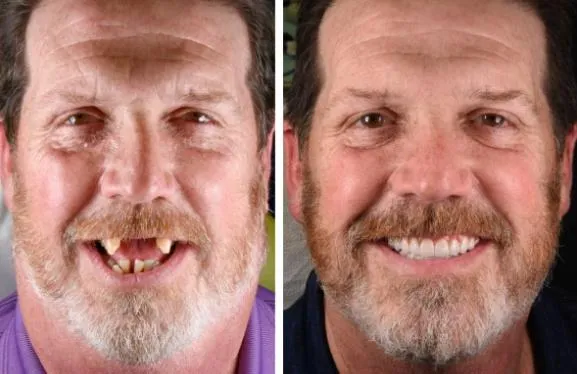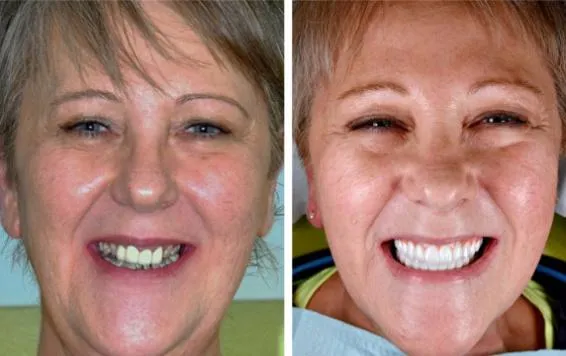Single Dental Implant
In the past, a single missing tooth was usually restored using a removable partial denture or a dental bridge. However, in recent years dental implants have become a much better option than traditional restorations. There are several reasons why dental implants are superior to bridges or dentures. One of the main advantages of a single dental implant is that it can be permanently attached to the jawbone, whereas a bridge or partial denture sits on top of the gums, attached to the neighboring teeth.
What is a Single Dental Implant?
A single dental implant is a small titanium post that is placed into your jawbone to serve as a replacement for your natural tooth root. Once it has bonded with your bone, it provides a strong foundation for artificial replacement teeth called crowns. The procedure is typically quick and painless, and the results are long-lasting. Plus, implants can help preserve your healthy jawbone and prevent further tooth loss.

Advantages of Single Dental Implants over Bridges or Dentures
Dental implants look and feel more like natural teeth than either bridges or dentures.
They do not slip or move like dentures, making it easier to eat and speak.
Unlike bridges that rely on adjacent teeth for support and can damage those teeth over time, dental implants do not damage healthy teeth.
Dental implants can last a lifetime with proper care, while bridges and dentures usually need to be replaced every few years.
The first step in getting an implant is to consult a dentist to see if you are a good candidate for the procedure. Dental implants are usually placed by dentists with specialized training in this procedure. Dr. Samani is a candidate for fellow status with the American Academy of Implant Dentistry (AAID). The main focus of his practice is implant-supported full-mouth rehabilitation- aka All On 4 or Teeth in a Day-, and he is consistently working on expanding his expertise in this area.
Are You a Candidate for Single Dental Implants?
In general, good candidates for dental implants are:
Non-smokers in good overall health
Free of periodontal disease
Able to commit to diligent oral hygiene and regular dental check ups
Have adequate bone dentistry
Dental Implant Surgery
One-Stage Dental Implant Surgery
Special conditions allow for the placement of an implant and a crown at the same time. One-stage implants are typically used for patients who have healthy gums and adequate bone support. This "one-stage" protocol can be followed when the tooth being restored has a single root and is not infected. It is also a good option for patients who do not want to wait for their implants to heal before replacing their teeth.
Two-Stage Dental Implant Surgery
This approach places the implant into the jawbone underneath the gum tissue. It is not exposed to the mouth but buried and left to heal. Once the implant has healed, a second surgery is performed to attach an abutment, which is then used to support a crown. Because molars have two roots, they usually require a two-stage surgery. This approach is recommended when bone quality or quantity is poor. This may make it necessary to regenerate bone around the implant at the time of its placement.
Why Austin Trusts Us With Their Smiles
Join thousands of other patients who have transformed their smiles with dental implants, right here at Cloud Dental




Hours of Operation
Monday 8:00am - 5:00pm
Tuesday 8:00am - 5:00pm
Wednesday 8:00am - 5:00pm
Thursday 8:00am - 5:00pm
Friday 8:00am - 1:00pm
_______________________________
Office Phone
Call (512) 351-4080
_______________________________
Office Address
9070 Research Blvd Ste 205 Austin,
TX 78758
Copyright by Cloud Dental Austin 2022. All Rights Reserved.
Copyright © 2024 by
